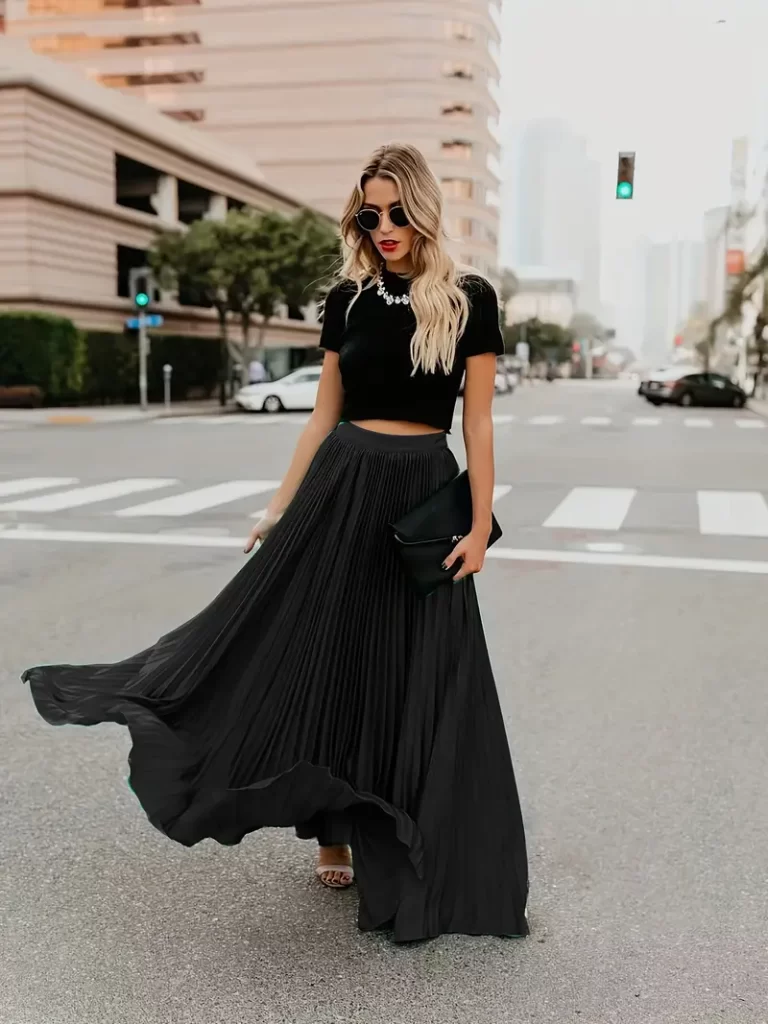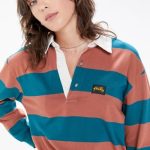Pleated skirts are a fashion staple with a rich history and a dynamic presence in modern wardrobes. They offer versatility and a classic look, adaptable to many styles and occasions. This in-depth guide delves into the world of pleated skirts, covering their design variations, style tips, and ways to integrate them into contemporary fashion.
A Historical Perspective
The Origins of Pleated Skirts
The pleated skirt is not a modern phenomenon but can trace its roots back to ancient civilizations. Historically, pleats were seen in garments as early as Ancient Egypt, where they signified status and style. In Ancient Greece, the style was a hallmark of iconic garments such as the chiton. The pleated design allowed for ease of movement and a flattering fall of the fabric, which highlighted the body’s natural lines and imbued the wearer with grace and elegance.
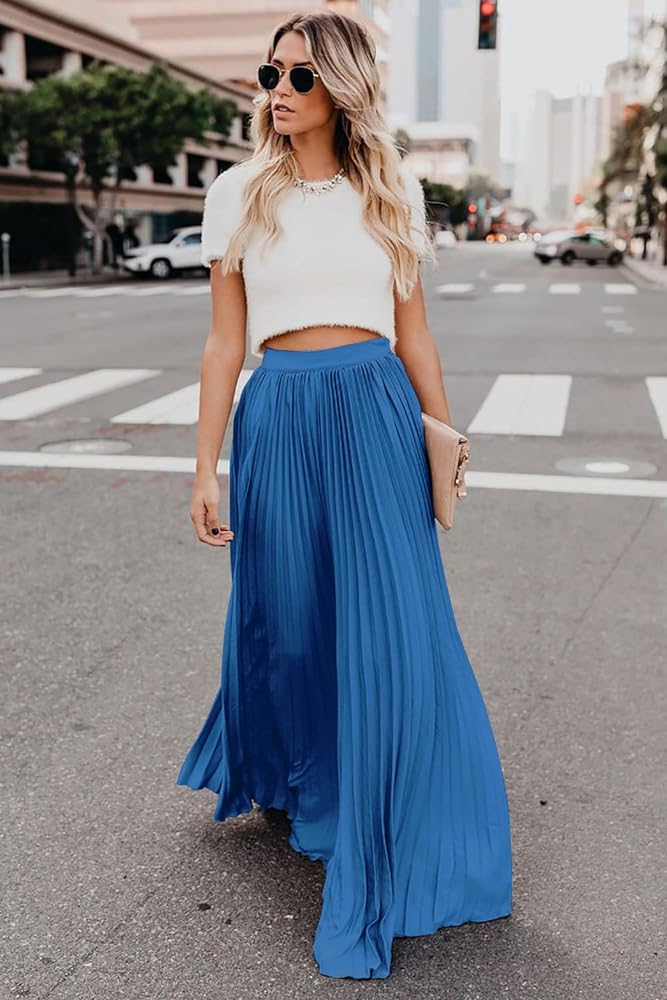
Pleats Through the Ages
Throughout history, pleated skirts have adapted to reflect the fashion trends and norms of their time. The Middle Ages saw them in the form of full, pleated gowns. In the Renaissance period, they evolved in opulence, with elaborately structured skirts competing with richly adorned fabrics. The Victorians brought about a semblance of the modern skirt, with pleats often incorporated for fullness and shape, indicative of the era’s emphasis on the female silhouette.
Types and Styles of Pleated Skirts
Exploring Variations of Pleats
The world of pleats is diverse, with various types of pleats creating different styles and silhouettes. Knife pleats, with their sharp, narrow folds, are perennially popular for their simplicity and elongating effect. Box pleats feature wider folds and a structured look, often associated with academic styles or formal wear. Accordion pleats, with their narrow, evenly spaced folds, add a playful movement to the garment, while carwash pleats are dramatic and modern with their separated panels of fabric.
Matching Pleated Skirts with Occasions
Pleated skirts are incredibly versatile and can be appropriate for nearly any event or setting. A crisp, knife-pleated skirt in a mid-length is suitable for office attire or business meetings. For a casual day out, an accordion-pleated midi in a lighter fabric pairs well with a simple tee and sneakers. Formal occasions might call for a floor-length pleated skirt in a luxurious material like satin or chiffon, demonstrating the adaptability of the pleated skirt across various situations.
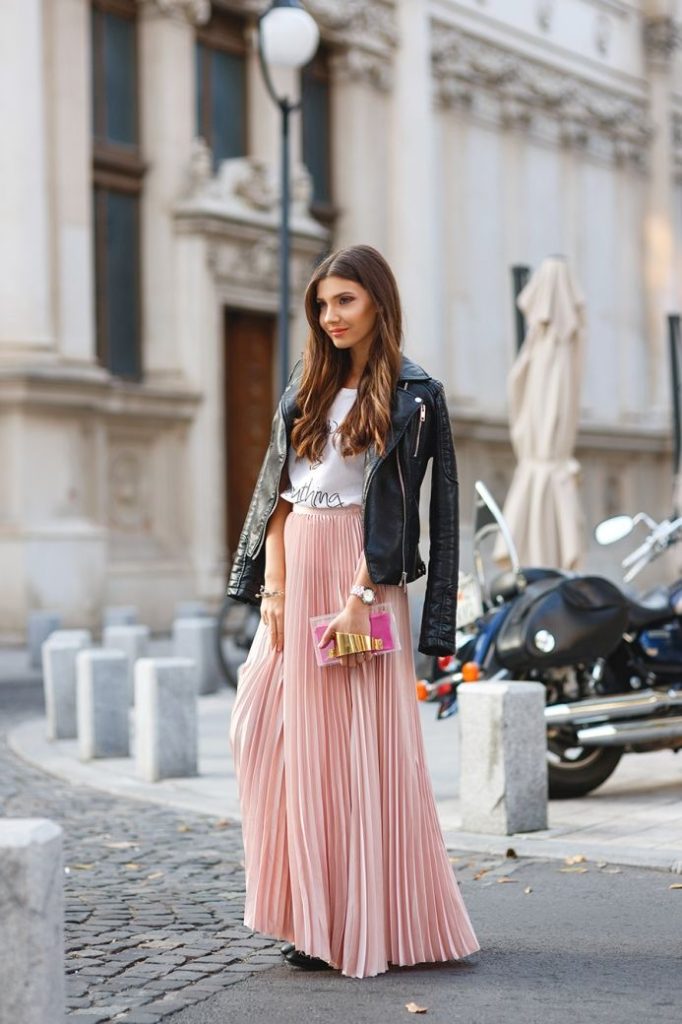
Incorporating Pleated Skirts into Modern Fashion
Styling for the Contemporary Wardrobe
In modern fashion, pleated skirts are cherished for their ability to bridge the gap between timeless elegance and contemporary trends. They can be styled down with an oversized sweater and boots for a relaxed, yet chic look, or paired with a blazer and blouse to achieve a sophisticated, professional ensemble. The pleated skirt’s fluidity also makes it a favorite for those looking to express femininity with an edge.
Tips for Accessorizing Pleated Skirts
Accessorizing is key when it comes to personalizing a pleated skirt outfit. Belts can be used to cinch the waist and give additional form to the outfit. Statement jewelry can shift the look from daytime to evening. Meanwhile, choosing the right footwear – from ballet flats for a sweet, vintage appeal to heeled boots for an edgy twist – can entirely transform the vibe of the pleated skirt.
Let’s expand on the first section further:
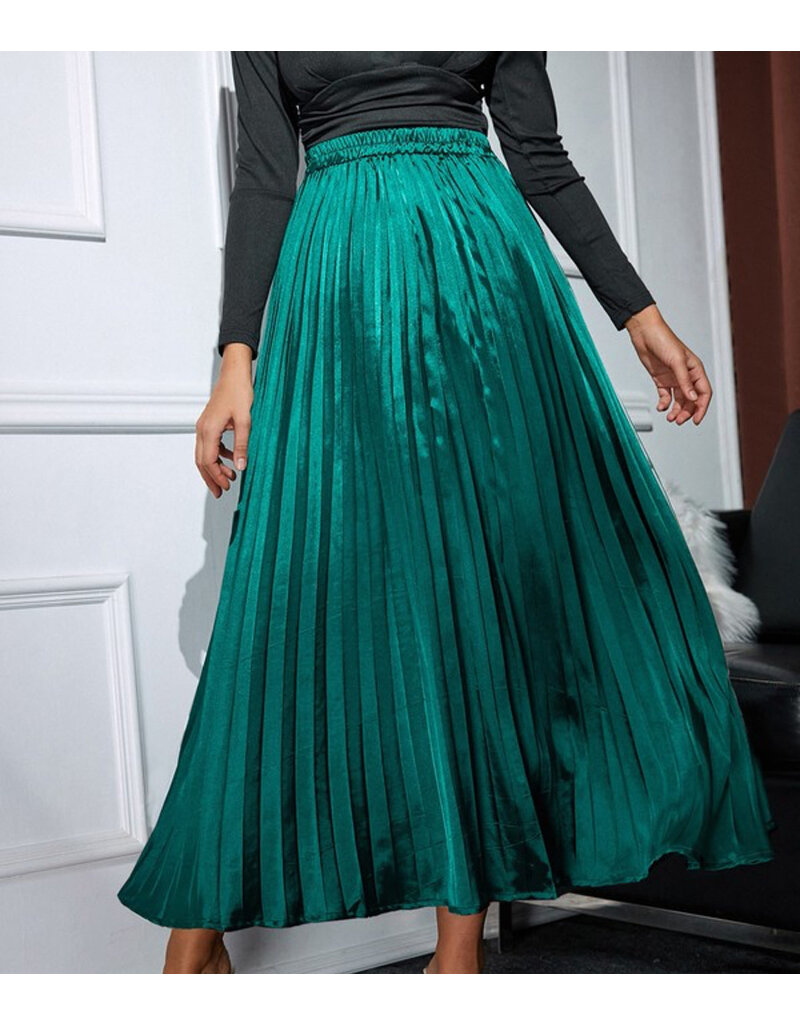
The Origins of Pleated Skirts
Pleated skirts have a storied history interwoven with culture, art, and the evolving landscape of fashion. Traces of pleating can be found in the flowing garments of ancient Egypt, symbolizing both function and wealth. This pleating method required skilled craftsmanship, making it a luxury reserved for the affluent. Meanwhile, in Ancient Greece, the art of pleating was perfected in the chiton, where it promoted freedom of movement and was a staple of Grecian clothing.
The pleated skirt’s early existence was not merely derivative of style choices but also a necessary adaptation to the times. The pleats allowed for greater range of motion and an airy quality to the garments, suited for the climate and lifestyle of these ancient peoples. As an aesthetic choice, pleats added rhythm and texture to clothing, catching the eye and enhancing the portrayal of the human form in art and in life.
Jumping forward to the Scottish kilt, we see another pivotal moment in the history of pleated skirts. The kilt, originally a full-body garment that included pleated skirts, was both practical and symbolic. It catered to the need for flexibility in movement across the rugged Highlands and later became entrenched as a cultural icon. Over time, the pleated skirt has continuously evolved, maintaining its essence while adopting new designs to remain relevant and appealing to each generation.
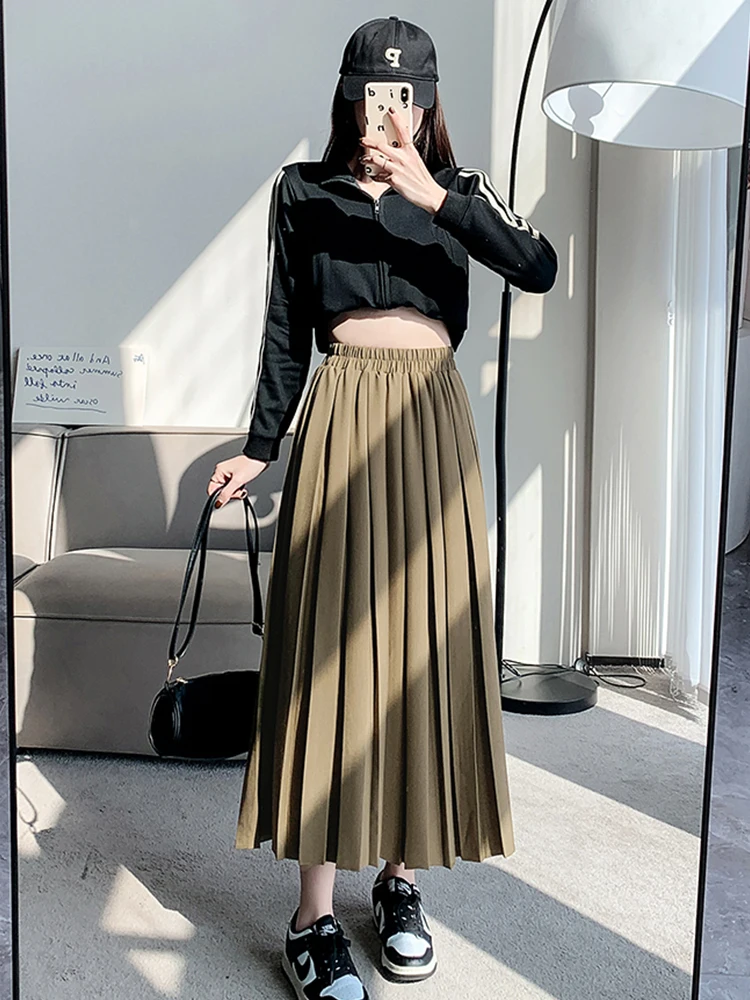
Pleats Through the Ages
From the functionally necessary to the symbolically powerful, the journey of the pleated skirt through history is marked by cultural narrative and aesthetic evolution. The European Middle Ages saw the pleat serve more functional uses, integrated into full-bodied gowns designed for warmth and modesty. The Renaissance reimagined pleating with a focus on opulence and grandeur, reflecting the period’s love for excess and intricacy in its voluminous, pleated dresses that often required support from beneath to hold their shape.
During the Baroque and Rococo eras, pleating techniques became even more sophisticated, culminating in the elaborate designs of palace fashion. Pleats were a canvas for flaunting wealth and status, showcasing luxurious fabrics like silk and intricate patterns woven into or embroidered on them. In the 19th century, the Victorian era embraced pleats for the functional purpose of movement within crinoline-supported skirts, and later, softer, flowing pleats became fashionable as crinolines faded out.
The pleated skirt we recognize today emerged in the 20th century, reflecting the shifting roles and rights of women in society. Pleats became a symbol of liberation, offering ease of movement and simple elegance compared to the restrictive clothing of previous eras. The innovation of machine pleating in the 1920s made pleated skirts more accessible and durable, allowing them to withstand washing without losing their shape. From the tennis courts of the 1920s to the ‘preppy’ look of the 1950s, from the punk scene of the 1970s to the fashion runways of today, pleated skirts have proved themselves to be adaptable and enduring.
Types and Styles of Pleated Skirts
Exploring Variations of Pleats
Pleated skirts encompass a wide range of styles, each defined by the type of pleat they feature. Knife pleats, perhaps the most common type, are characterized by their straight, narrow folds that point down the fabric. This punctilious design offers a clean, vertical line, making it a flattering choice for school uniforms, business wear, or any occasion that calls for a neat, streamlined appearance.
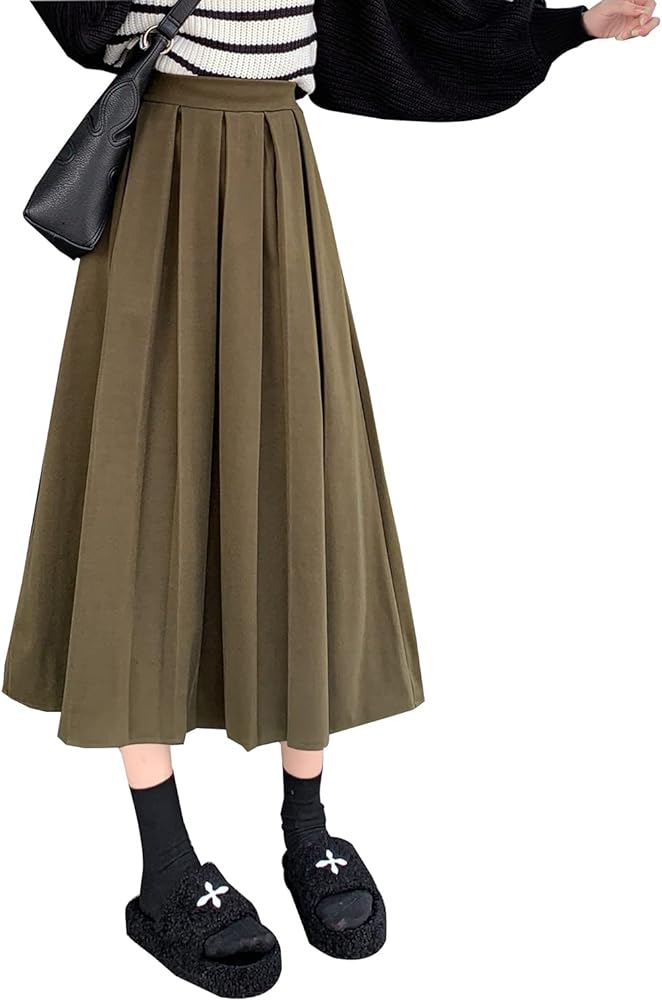
Box pleats create a series of back-to-back folds, resulting in a structured look with added volume. This classic design is often used in skirts where a shape-holding effect is desirable. Such as in A-line skirts or cheerleading uniforms. The uniformity of box pleats offers an organized aesthetic, presenting a polished and smart silhouette, ideal for both formal and casual settings.
Accordion pleats are finely pleated, resembling the bellows of an accordion, which create a delightful, zig-zag pattern when the skirt is in motion. They often appear in lightweight fabrics, such as chiffon or georgette, allowing for a flowing. Whimsical effect that is perfect for a breezy summer day or a festive evening event. Car wash pleats, on the other hand, are a contemporary variation. Featuring distinct panels that resemble the strips of a car wash, hence the name. The split design adds a unique, edgy dynamic to the movement of the skirt, becoming a modern fashion statement.
Matching Pleated Skirts with Occasions
The pleated skirt’s adaptability is also reflected in its suitability for a range of occasions. A sharp, micro-pleated skirt, when made from a shimmering fabric, can elevate a party outfit with its texture and luster. In contrast, a longer-length box pleated skirt in a matte fabric serves as the perfect base for a professional, work-appropriate ensemble.
